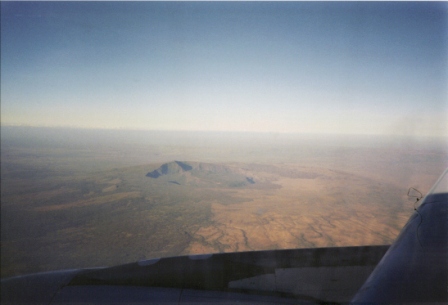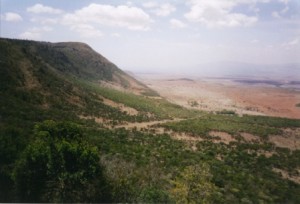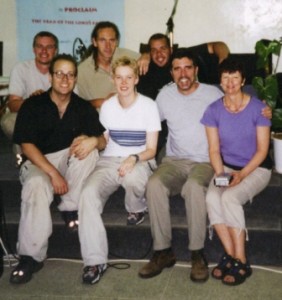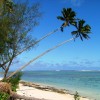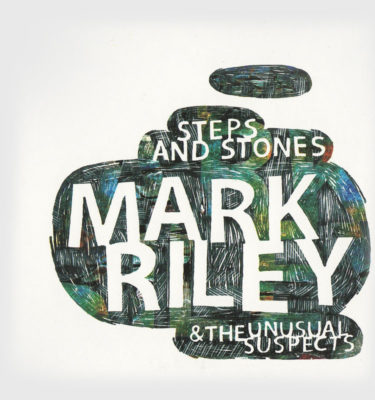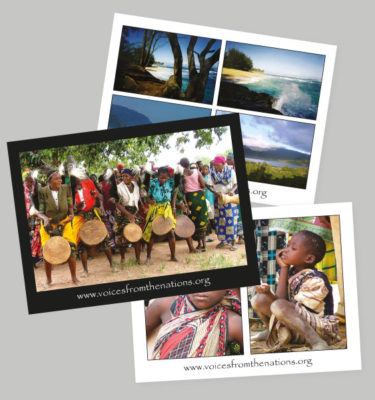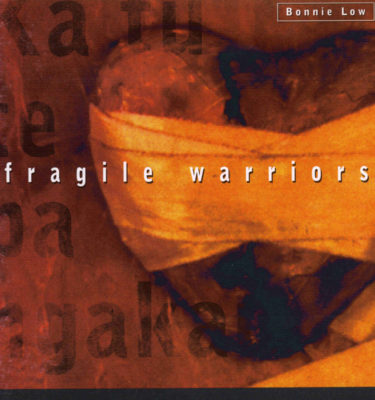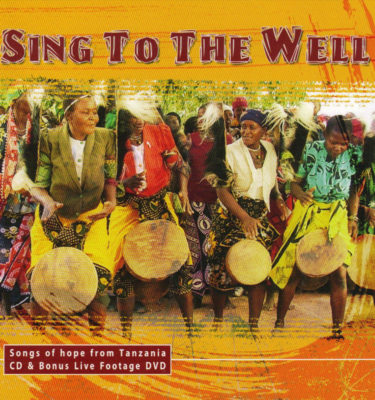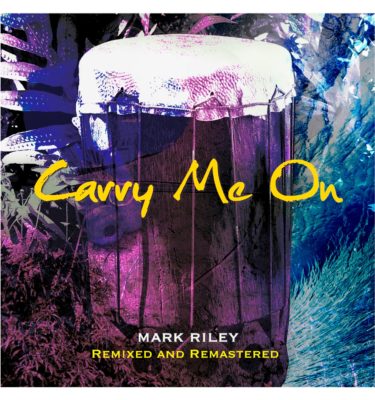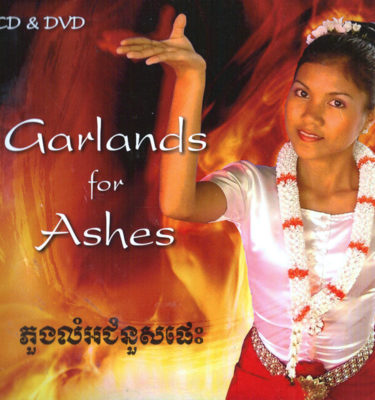Looking out over the nearside aircraft wing, the first golden rays of daylight pierce the distant horizon, as the air steward announces in kiswahili of our impending landing in Nairobi, the capital of Kenya. I have travelled with a team of 15 to help with a conference, musical concerts and takeing supplies to village schools. The tannoy system crackles into life again, “Karibu”, welcome to Kenya.
Straddling the equator, Kenya lies on the East Coast of Africa, with a melting pot of more than 70 different people groups and cultures. Most people come to view the breathtaking landscapes and explore some of the best wildlife parks in Africa but do not realise that this is the 22nd poorest country in the world. With a population of around 30 million, over 50% still do not have access to clean drinking water. In recent years, political violence surrounding the 1997 elections, the bombing of the US embassy in the heart of Nairobi which killed 200 people in August 1998, and the disastrous El Nino rains which caused flooding and disease have been major setbacks for the country and its tourism.
 With our well overloaded baggage jammed into a local bus, (the airline loved us…..) it was a surprise to find that Nairobi was a bustling, colourful, car honking metropolis of a city, because until the19th Century it had been a watering hole for the Maasai people. Modern office blocks, skyscrapers, Burger King and colonial style buildings invaded the skyline whilst the overflowing pavements hosted a plethora of kerbside vendors, suited businessmen and dishevelled street dwellers.
With our well overloaded baggage jammed into a local bus, (the airline loved us…..) it was a surprise to find that Nairobi was a bustling, colourful, car honking metropolis of a city, because until the19th Century it had been a watering hole for the Maasai people. Modern office blocks, skyscrapers, Burger King and colonial style buildings invaded the skyline whilst the overflowing pavements hosted a plethora of kerbside vendors, suited businessmen and dishevelled street dwellers.
Whilst exploring this city of amazing contrasts, the roar of what seemed a football crowd filled the air. Suddenly, hundreds and hundreds of chanting white turbaned Muslims, running full tilt down the main highway came into view. Finger pointing youths shouting “Israel must go!” passed, hands raised almost trance like, their cause filling their eyes with hatred, oblivious it seemed to the rest of life. Nearby in a park, contrary hands reached skywards under the shade of a beautiful purple jacaranda tree, as a gospel choir singing their congregational anthems seemed to respond with even more vigour to the raging mob. Its one thing to watch these things in the comfort of an armchair and your remote, but to be within spitting distance, chilled the spine and made you aware of the wild side of this beautiful nation.
Minutes later another side of city life unexpectedly came upon us, as a tiny, bare footed street girl, Monica, entered our lives. Tracking us, after that life-giving shilling (Kenyan coinage), she tightly held onto my little finger, coaxing us for bread and milk from a local supermarket. With a lump in my throat, the last I saw of little Monica, was as she disappeared into the concrete jungle amongst a sea of skyscraper adults, tightly clutching her bag of bounty, now just another street statistic.
At night Nairobi explodes into vibrant life. The cacophony of sound that assaults the ears includes endless brightly graffitied matatu’s (Kenyan buses) which break the decibel level with horns of immense pitch and variety and thunderous musical systems. Their ticket touts banging the sides of these quite unique vans at potential passing customers. As I lay in my hotel bed, trying to sleep, somewhere in the barrage of noise I pick out the faint sound of distress as a small child’s tears cry out for recognition. I had arrived in yet another fast moving city that seems to have no time to care for the Monica’s of this world.
The next day we drove to Nakuru to drop off the counselling team and on to Elbargon our home for the next few days. The drive to Nakuru is absolutely spectacular; passing through the Rift valley, a rift system that stretches 6000 km, from the Red Sea to Mozambique. Flat topped acacia and baobab trees, whistling thorn bushes and bizarre upside down umbrella shaped cactus trees, speckle the scrub landscape whilst lone shepherds tend their flocks and zebra send sand storms into the air as they bathe in dust bowls by the side of the road. The scenery constantly changes, distant gleaming white soda lakes and volcanic looking peaks making way for forested green valleys, whilst small pockets of wooden huts form villages which give shelter to the locals from the ever intense day time sun.
The counselling course was held in a conference centre on the edge of a National Park. Overlooking Lake Nakuru, the view was breathtaking, with its waters edge tinged pink with thousands of flamingos, antelopes grazing on the near slopes, eagles catching the warm thermals above and apparently lions on the other side of the lake. I thought that at any moment David Attenborough would appear explaining the habitat to a BBC camera.
Elbargon, about 3 hours north of Nairobi is yet another contrast, a small village with a cluttered high street of only a few hundred yards long. No busy schedules, as shopkeeper’s chat in the shade, a young man sleeps inside a tractor tyre propped up against a wall and even the dogs and chickens retreat from the glare of the sun underneath stationary trucks. In the distance the glint of large bladed knives, as farmers work in their maize fields, agriculture is the main employment here. Slatted wooden homes surrounded by picket fencing adorn the back streets, keeping out the meandering sheep and goats, whilst children play with home made, throw away articles. An old bicycle wheel frame becomes a hoop guided by a small piece of wire and a plastic carton has been engineered into a small matatu such is the ingenuity of a people with very little income.
I was surprised at how many children were on the streets, until I heard that parents had to pay for them to go to school and many families could not afford this. The sad fact is that for one term it costs £1.50 to put a child through school, £3- if you include a uniform, which they all must have. The primary school I visited was a small hut in a field with no electricity and very little supplies. It was now half the size from when it was built as it had been looted at one time and most of the timber stolen. Most of the children’s uniforms were the worse for wear and some only just hung on to their little bodies but at least they had shoes which was more than the kids outside the school.
We sat down with the kids giving out balloons, plastercine and building blocks; screams of delight filled the air as little black hands grabbed at these strange new objects. The teachers so appreciated the coloured pens, pencils and stationary and they invited us in to watch a lesson in progress, an English lesson. Sitting at their rickety desks, arms raised high the children tried to grab the teacher’s attention when the correct answer was known, “Teacher, teacher, me, me.”
Other highlights in Elbargon were …….
A pastor whose church started with 4 children and now had 50, plus 10 adults. The congregation met in an old farmer’s hut with uneven paved floors and benches, the only light coming from cracks in the slatted walls and ceiling. Old hand drawn posters clung to the walls in an attempt to bring some colour into the darkened room. Their amazing musical worship consisting of Ngoma (cylindrical drum) beaten with a stick, Karingaringa (metallic hand triangle, made from some car part) and voices, singing in kiswahili and their local dialect, kikuyu. The pastor explained afterwards that his main problem was literature and bibles for the children. Amazingly I had taken some out with me, which was a huge encouragement to him.
An open-air meeting in the middle of town, where the P.A. was so distorted that Dave’s acoustic guitar sounded like Jimi Hendrix. Children squashed themselves round the makeshift stage swamping anyone who may have the free tickets for the next concerts. The funniest event though was riding through town on the back of a truck singing songs with a huge crowd of children following behind. The only problem, the truck ran out of petrol and we had to role it back down the high street to the nearest fuel depot, very funny indeed!
Three very different evening concerts at the Eel Hotel, one of which was ended rather abruptly by a power cut. One which many pastors from different backgrounds all came together and the last night where we were enthralled by the talents of some of the local people, who sang in their own local dialect, some songs being original compositions.
An afternoon concert in a boy’s school, which was also attended by the local girls school, around 1500 children, an amazing sight. It was fairly obvious that for some of the children it was quite a novelty to see white people and after the concert they huddled around us all trying to touch the strangers.
Seeing the little computer shop that is run by Benson, an initiative started by the Rainbow church. They have one computer and hire it out for e-mails etc.
Bartering in Nakuru market, an experience not to be forgotten.
A childhood dream came true when we visited Lake Nakuru National Park. To see buffalo, giraffe, rhino, impala, waterbuck, baboons, and many more animals up close in their native habitat was a very special experience.
Our final night we had been invited for a Kenyan meal cooked by Benson’s mum, and what a cook she turned out to be. The family of mum and two sons with their respective wives and babies all live together in one compound. Their small homes decorated with many little nick-nacks hanging from the walls and large sofas, which seem to take up nearly all the floor space. As I walked back through Elbargon, the daylight disappearing, the only sounds came from a kaleidoscope of insects, (thankfully though no mosquitoes), and the darkened night air was filled with acrid smoke from charcoal stoves and wood fires which seemed to cling to your clothes for many days after. Over the last ten days I had entered a land of many contrasts, I had gone through just about every emotion possible but the memory that will never leave me is the children that watched through the wooden slats of the school compound. Surely every child has a right to learn, and then I remembered a scripture in Mark,
“Bring the children to Me, do not hinder them,
for the Kingdom of God belongs to such as these.”

